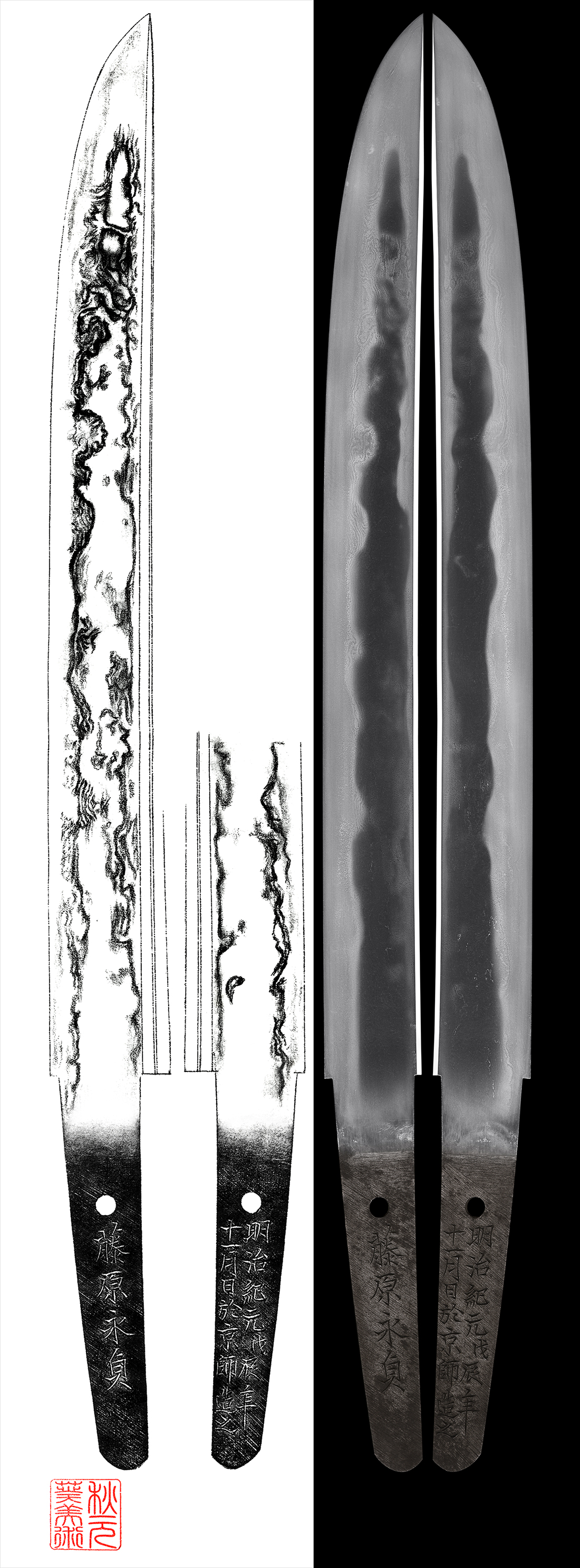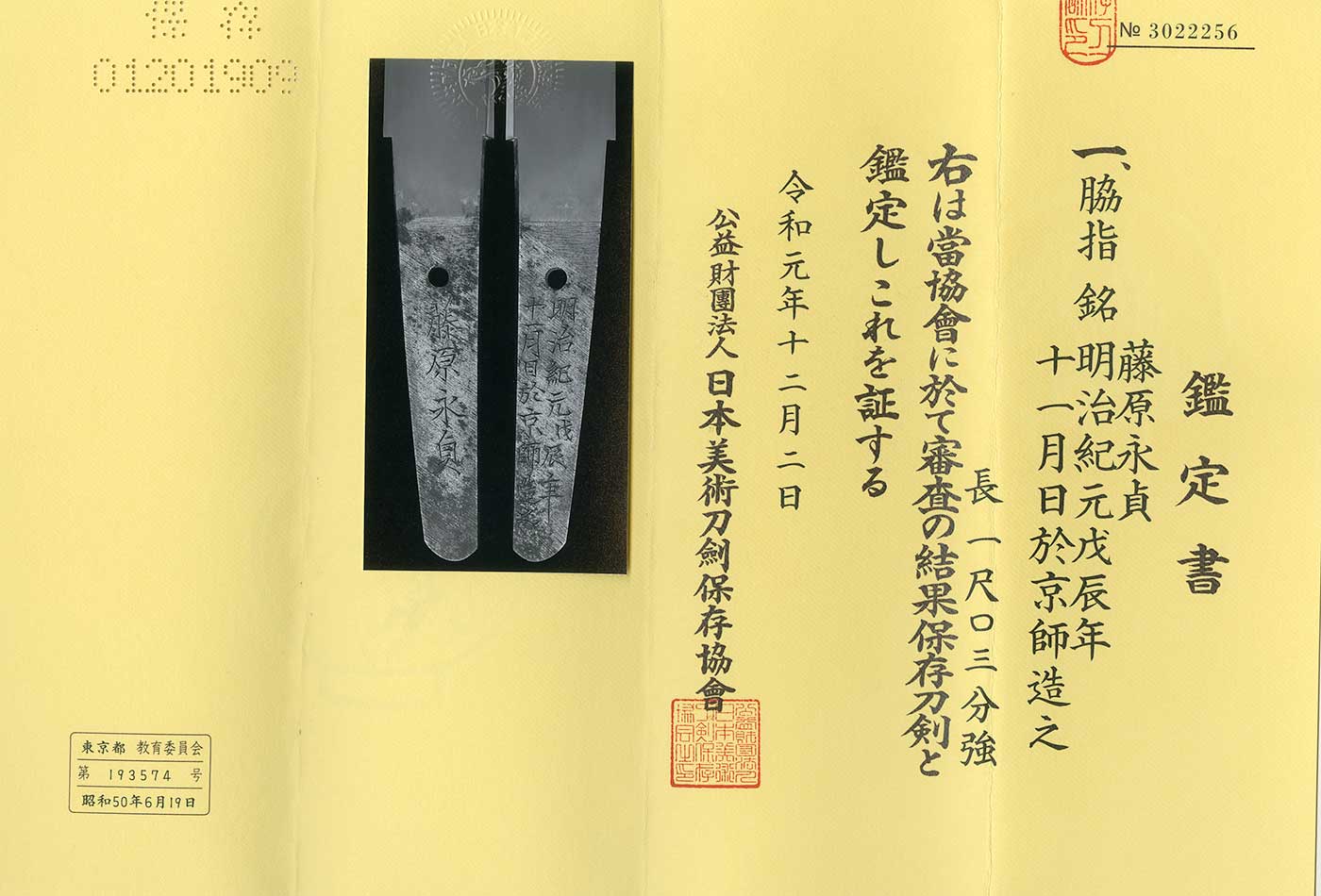Bid History
Auction has expired
Highest bidder was : atomtyanmatch-4208
|
atomtyanmatch-4208
2025/09/18 (Thu) 10:49 |
※ ¥1,253,000 |
|
sukekane4245
2025/09/18 (Thu) 10:49 |
¥1,252,000 |
|
atomtyanmatch-4208
2025/09/18 (Thu) 10:41 |
¥1,251,000 |
|
hitochan5722
2025/09/18 (Thu) 10:41 |
※ ¥1,250,000 |
|
hitochan5722
2025/09/18 (Thu) 10:39 |
※ ¥1,206,000 |
|
atomtyanmatch-4208
2025/09/18 (Thu) 10:39 |
¥1,205,000 |
|
hitochan5722
2025/09/18 (Thu) 10:34 |
※ ¥1,203,000 |
|
sukekane4245
2025/09/18 (Thu) 10:34 |
¥1,202,000 |
|
hitochan5722
2025/09/18 (Thu) 10:26 |
※ ¥1,201,000 |
|
atomtyanmatch-4208
2025/09/18 (Thu) 10:26 |
¥1,200,000 |
|
hitochan5722
2025/09/18 (Thu) 10:19 |
※ ¥1,101,000 |
|
atomtyanmatch-4208
2025/09/18 (Thu) 10:19 |
¥1,100,000 |
|
hitochan5722
2025/09/18 (Thu) 10:14 |
※ ¥1,001,000 |
|
atomtyanmatch-4208
2025/09/18 (Thu) 10:14 |
¥1,000,000 |
|
hitochan5722
2025/09/18 (Thu) 10:12 |
※ ¥901,000 |
|
atomtyanmatch-4208
2025/09/18 (Thu) 10:12 |
¥900,000 |
|
hitochan5722
2025/09/18 (Thu) 10:09 |
※ ¥803,000 |
|
sukekane4245
2025/09/18 (Thu) 10:09 |
¥802,000 |
|
hitochan5722
2025/09/18 (Thu) 10:04 |
※ ¥801,000 |
|
atomtyanmatch-4208
2025/09/18 (Thu) 10:04 |
¥800,000 |
|
hitochan5722
2025/09/18 (Thu) 10:02 |
※ ¥701,000 |
|
atomtyanmatch-4208
2025/09/18 (Thu) 10:02 |
¥700,000 |
|
hitochan5722
2025/09/17 (Wed) 20:25 |
※ ¥681,000 |
|
Yoroidoshi
2025/09/17 (Wed) 20:25 |
¥680,000 |
|
hitochan5722
2025/09/17 (Wed) 20:03 |
※ ¥656,000 |
|
Yoroidoshi
2025/09/17 (Wed) 20:03 |
¥655,000 |
|
hitochan5722
2025/09/17 (Wed) 20:01 |
※ ¥632,000 |
|
teru.1680
2025/09/17 (Wed) 20:01 |
¥631,000 |
|
hitochan5722
2025/09/17 (Wed) 20:01 |
※ ¥621,000 |
|
teru.1680
2025/09/17 (Wed) 20:01 |
¥620,000 |
|
hitochan5722
2025/09/17 (Wed) 20:00 |
※ ¥616,000 |
|
teru.1680
2025/09/17 (Wed) 20:00 |
¥615,000 |
|
hitochan5722
2025/09/17 (Wed) 20:00 |
※ ¥613,000 |
|
teru.1680
2025/09/17 (Wed) 20:00 |
¥612,000 |
|
hitochan5722
2025/09/17 (Wed) 16:03 |
※ ¥611,000 |
|
sukekane4245
2025/09/17 (Wed) 16:03 |
¥610,000 |
|
hitochan5722
2025/09/17 (Wed) 16:01 |
※ ¥606,000 |
|
sukekane4245
2025/09/17 (Wed) 16:01 |
¥605,000 |
|
hitochan5722
2025/09/17 (Wed) 16:00 |
※ ¥603,000 |
|
sukekane4245
2025/09/17 (Wed) 16:00 |
¥602,000 |
|
hitochan5722
2025/09/16 (Tue) 16:21 |
※ ¥601,000 |
|
Yoroidoshi
2025/09/16 (Tue) 16:21 |
¥600,000 |
|
hitochan5722
2025/09/16 (Tue) 16:20 |
※ ¥586,000 |
|
Yoroidoshi
2025/09/16 (Tue) 16:20 |
¥585,000 |
|
hitochan5722
2025/09/16 (Tue) 16:20 |
※ ¥556,000 |
|
Yoroidoshi
2025/09/16 (Tue) 16:20 |
¥555,000 |
|
hitochan5722
2025/09/16 (Tue) 13:10 |
※ ¥521,000 |
|
teru.1680
2025/09/16 (Tue) 13:10 |
¥520,000 |
|
hitochan5722
2025/09/16 (Tue) 13:10 |
※ ¥518,000 |
|
teru.1680
2025/09/16 (Tue) 13:10 |
¥517,000 |
|
hitochan5722
2025/09/16 (Tue) 02:31 |
※ ¥516,000 |
|
gailryujin
2025/09/16 (Tue) 02:31 |
¥515,000 |
|
hitochan5722
2025/09/15 (Mon) 23:35 |
※ ¥502,000 |
|
Yoroidoshi
2025/09/15 (Mon) 23:35 |
¥501,000 |
|
hitochan5722
2025/09/15 (Mon) 20:52 |
※ ¥477,000 |
|
cutacrosstheaxis
2025/09/15 (Mon) 20:52 |
¥476,000 |
|
hitochan5722
2025/09/14 (Sun) 22:16 |
※ ¥475,000 |
|
KATANA_no_DO_RE_MI_
2025/09/14 (Sun) 22:16 |
¥474,000 |
|
hitochan5722
2025/09/14 (Sun) 20:56 |
※ ¥473,000 |
|
teru.1680
2025/09/14 (Sun) 20:56 |
¥472,000 |
|
hitochan5722
2025/09/14 (Sun) 20:55 |
※ ¥471,000 |
|
teru.1680
2025/09/14 (Sun) 20:55 |
¥470,000 |
|
hitochan5722
2025/09/14 (Sun) 20:55 |
※ ¥466,000 |
|
teru.1680
2025/09/14 (Sun) 20:55 |
¥465,000 |
|
hitochan5722
2025/09/14 (Sun) 20:55 |
※ ¥463,000 |
|
teru.1680
2025/09/14 (Sun) 20:55 |
¥462,000 |
|
hitochan5722
2025/09/14 (Sun) 20:54 |
※ ¥461,000 |
|
teru.1680
2025/09/14 (Sun) 20:54 |
¥460,000 |
|
hitochan5722
2025/09/14 (Sun) 20:54 |
※ ¥459,000 |
|
teru.1680
2025/09/14 (Sun) 20:54 |
¥458,000 |
|
hitochan5722
2025/09/14 (Sun) 20:54 |
※ ¥457,000 |
|
teru.1680
2025/09/14 (Sun) 20:54 |
¥456,000 |
|
hitochan5722
2025/09/14 (Sun) 20:53 |
※ ¥455,000 |
|
teru.1680
2025/09/14 (Sun) 20:53 |
¥454,000 |
|
hitochan5722
2025/09/14 (Sun) 20:52 |
※ ¥453,000 |
|
teru.1680
2025/09/14 (Sun) 20:52 |
¥452,000 |
|
hitochan5722
2025/09/11 (Thu) 18:12 |
※ ¥451,000 |
|
Kuu58
2025/09/11 (Thu) 18:12 |
¥450,000 |
|
hitochan5722
2025/09/11 (Thu) 16:04 |
¥401,000 |
|
KATANA_no_DO_RE_MI_
2025/09/11 (Thu) 12:11 |
¥400,000 |
|
Auction started
2025/09/11 (Thu) 11:21 |
|
※ = Auto

 日本語
日本語





